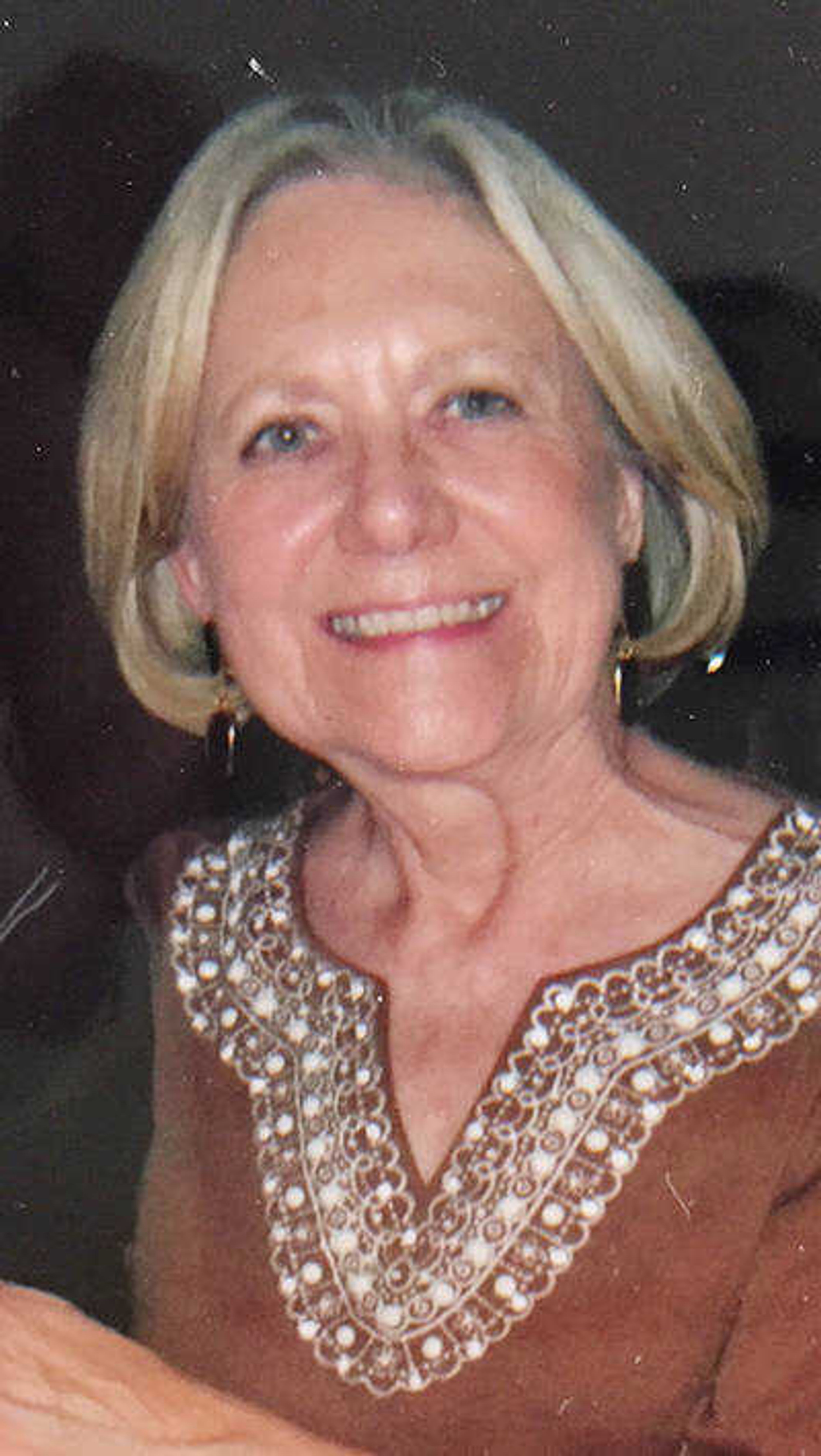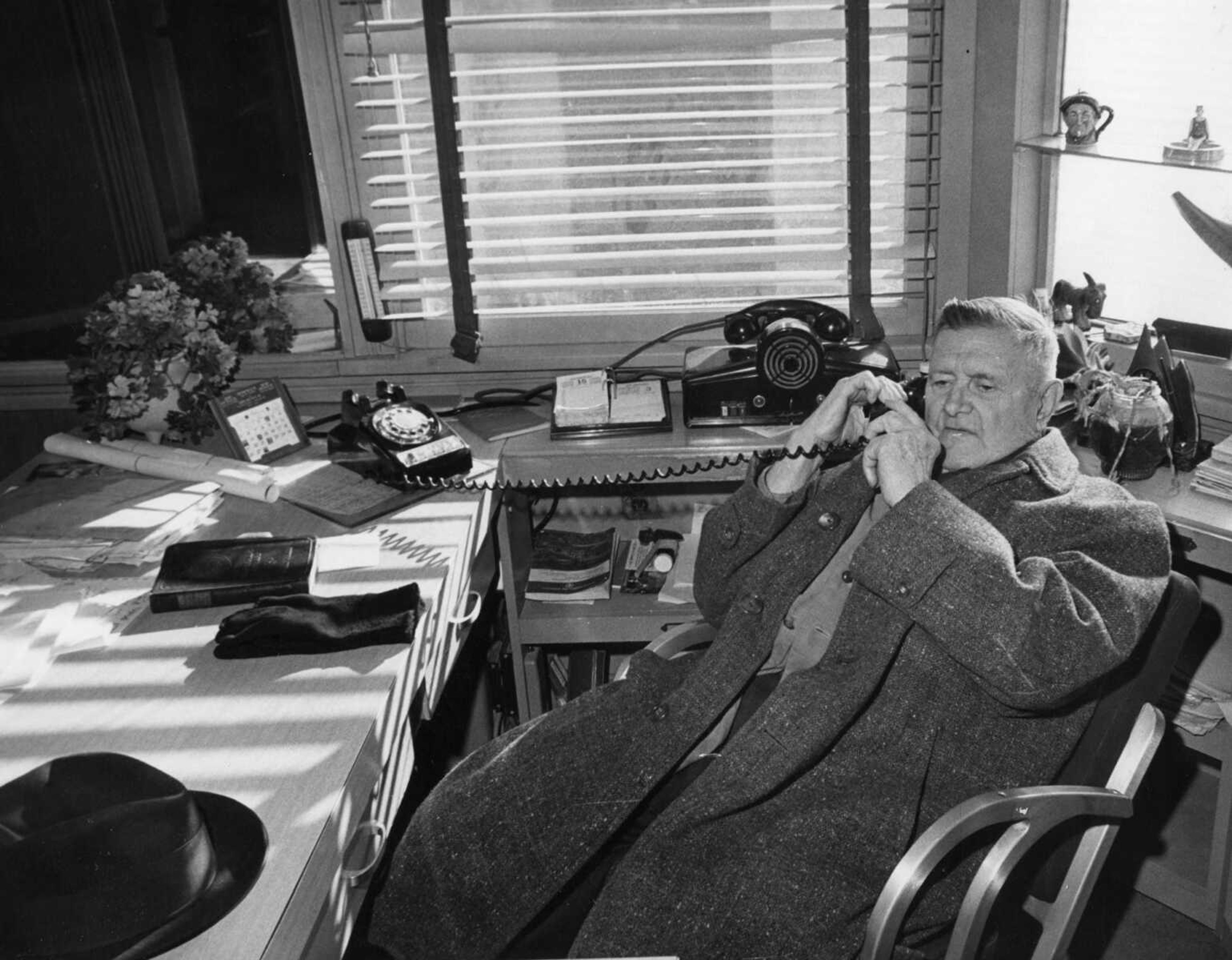Julius Wilhelm Gerhardt: A builder of dreams
J.W. Gerhardt's attributes of hard work and frugality came from his German roots. With the humble beginnings of a third-grade education, J.W. was a self-taught builder, researcher and historian of local Native Americans, as well as horticulturist who could name every plant's Latin nomenclature...
J.W. Gerhardt's attributes of hard work and frugality came from his German roots. With the humble beginnings of a third-grade education, J.W. was a self-taught builder, researcher and historian of local Native Americans, as well as horticulturist who could name every plant's Latin nomenclature.
While growing up in the Old Appleton area, "Willie" was a free spirit with imagination and curiosity. He loved Indian lore and collecting arrowheads in the potato patch while helping his parents. He studied and drew maps of the Old Appleton region.
In 1904 during the World's Fair, he left for St. Louis to pursue the carpentry trade. Returning in 1908, he married his sweetheart, Rosalie Woeltje. They became parents of Kermit, Burton, Reginald, William, Julius, Betty and Sally. Three sons joined in the business.
Building structures of beauty gave Gerhardt much satisfaction. From his location on the corner of Independence and Sprigg streets in 1920, J.W. and his crew put nails in over 500 homes, as well as commercial landmarks throughout Cape Girardeau and the area. He soon acquired the reputation as "one of the best and well-known construction companies of Southeast Missouri."
Among his many landmarks were Marquette Cement plant, Farmers and Merchant Bank, Southeast Missouri Hospital additions, International Shoe, Hecht Clothing Store, Southeast Missouri School of Nursing, Magill Science Hall, May Greene School, Jefferson School, Clippard School, Central Junior High, 24 Frisco Railroad depots, 48 Southwestern Bell buildings; Capaha Park swimming pool, 1912 Hirsch Building, Centenary Methodist Church, Southeast Missourian Building, Alvarado Station and Cafe, Rialto Theater, Esquire Theater, Marquette Hotel and the old Federal Building.
Gerhardt considered his best work to be the Southeast Missourian Building built in 1925. He commented, "In those days we mixed concrete by hand. It took a year to complete. I think it's the most beautiful structure in the city."
While rebuilding Buckner-Ragsdale after a fire in 1916, he had his first experience with reinforced concrete, which the owner requested.
The Gerhardts resided in unique homes built by the master. Located on the corner of Harmony and West End is a bungalow J.W. built in the early 1900s. Later in the 1920s he erected "Greystone" of native limestone, later razed by the university. Another favorite was "Flint Hill" off Big Bend Road. The historian Gerhardt conceived the 11-acre high ground was the location of an Indian camp, as well as campsite for General Marmaduke at the time of the Battle of Cape Girardeau.
Gerhardt had another dream in 1952: Constructing a lodge on his beloved Apple Creek. Purchasing five acres from the Kasten-Hahs farm, Gerhardt built his Riviere de la Pomme lodge across from the once Shawnee Delaware village. Centered around a 14-foot stone fireplace, the four-storied lodge became their place to entertain and display his Native American artifacts.
After the death of Rosalie in 1955, J.W. married Mary Chaffin and built Spanish style Casa Pequena in Cape Girardeau. It would be his last brick and mortar creation. J.W. died in 1979 at the age of 93.
Connect with the Southeast Missourian Newsroom:
For corrections to this story or other insights for the editor, click here. To submit a letter to the editor, click here. To learn about the Southeast Missourian’s AI Policy, click here.










